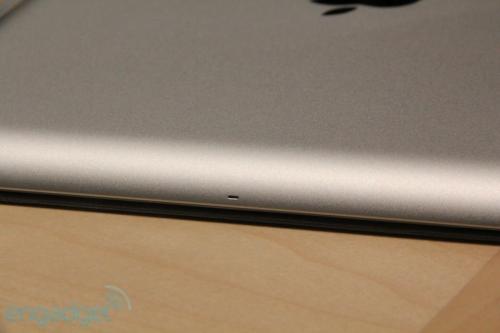Two Mic On Mac Garageband
M audio venom virtual analog synthesizer. The M-Audio Venom Synthesizer brings together the coveted sound of analog synthesis with digital construction for a modern instrument up for the demands of today's music.
You can create Aggregate Device to increase the number audio inputs and outputs available at the same time. You can also use an Aggregate Device if your application doesn't support separate input and output devices.

Though GarageBand is an exclusive for Apple platforms, it’s really ubiquitous within this bitten world. With the same iCloud, you can use GarageBand on your iPhone, iPad, and Mac. All of these devices (if relatively new) provide enough performance and almost no latency as you play in real time. Apr 04, 2013 I changed Garageband's audio input and output to SYSTEM SETTINGS and then back to BUILT-IN OUTPUT and BUILT-IN MICROPHONE and the built-in mic still works. I used to use Cubase and I have a TASCAM US-122L USB 2.0 Audio/MIDI Interface through which I want to run my microphone and my guitar and my keyboard in GarageBand. Nov 23, 2009 For this answer, I’m going to use two microphones. One is a Logitech G330, and the other a Griffin iMic. I’ll combine these two devices into a single Aggregate Device which will allow me to use each mic as a channel in Garageband. I’m using Garageband version 5.1, and Audio MIDI Setup version 3.01. Though GarageBand is an exclusive for Apple platforms, it’s really ubiquitous within this bitten world. With the same iCloud, you can use GarageBand on your iPhone, iPad, and Mac. All of these devices (if relatively new) provide enough performance and almost no latency as you play in real time. I was looking for a way to have multiple audio inputs into GarageBand, say using my Digital Line in, two iMics, and anything else that will get audio, but GarageBand only lets you choose one input at a time. But with a tip from the guys at Rogue Amoeba, there is a way!
With Logic Pro, GarageBand, and MainStage, you can use a separate device for input and output. For example, you can use a USB microphone for input and the headphone jack of your Mac for output. Some applications not manufactured by Apple don't support separate input and output devices.
Set up an Aggregate Device
When you create an Aggregate Device, make sure to connect all external audio interfaces first.
- From the Finder, choose Go > Utilities. Open the Audio MIDI Setup application.
- Click the Add (+) button on the bottom-left corner in the Audio Devices window and chose Create Aggregate Device.
- A new Aggregate Device appears in the list on the left side of the window. To rename the device, double-click it.
- With the new Aggregate Device selected, enable the checkbox labeled 'Use' on the left side of the Audio Devices window. Do this for each device you want to include in the Aggregate Device. The order in which you check the boxes determines the order of the inputs and outputs in applications like Logic Pro and MainStage. For example, the first box you checked will be inputs one and two, the second box checked will be three and four, and so on.
The list on the right shows the currently connected audio devices and the number of input and output channels for each one.
- To use the clock of a device as the master clock for all the combined devices, choose the device from the Clock Source menu of the Aggregate Device. Choose the device with the most reliable clock.
- If your audio devices all work with word clock, connect them together using a word clock cable. Connect the cable from the device you designated as Clock Source to the input of each other device. Refer to your audio device product documentation for specific details.
- If any of your devices don't work with word clock, select the Drift Correction checkbox for any devices not designated clock master.
Use an Aggregate Device with Apple music creation software
- Open your application.
- Do the following depending on the application you're using:
- For Logic Pro, choose Logic Pro X > Preferences > Audio, then select Devices.
- For GarageBand, choose GarageBand > Preferences > Audio.
- For MainStage, choose MainStage > Preferences > Audio.
- Choose the Aggregate Device from the Output Device pop-up menu. Logic Pro and GarageBand automatically set the Input Device to the match the selected output device, which you can change if you want to use a different input device. In MainStage, you must manually select the input device.
- In Logic Pro and MainStage, click Apply Changes.
GarageBand automatically switches to the new input device.
Use the Aggregate Device as the sound output of your Mac
When you set the Aggregate Device as the sound output for your Mac, sounds from other apps on your Mac play through the Aggregate Device. The Aggregate Device also becomes the System Setting option in the Output and Input Device menus of your Apple music creation apps.
Two Mic On Mac Garageband Software
- From the Finder, choose Go > Utilities. Open Audio MIDI Setup.
- Control-click the Aggregate Device in the left column, then choose 'Use this device for sound output' or 'Use this device for sound input.'